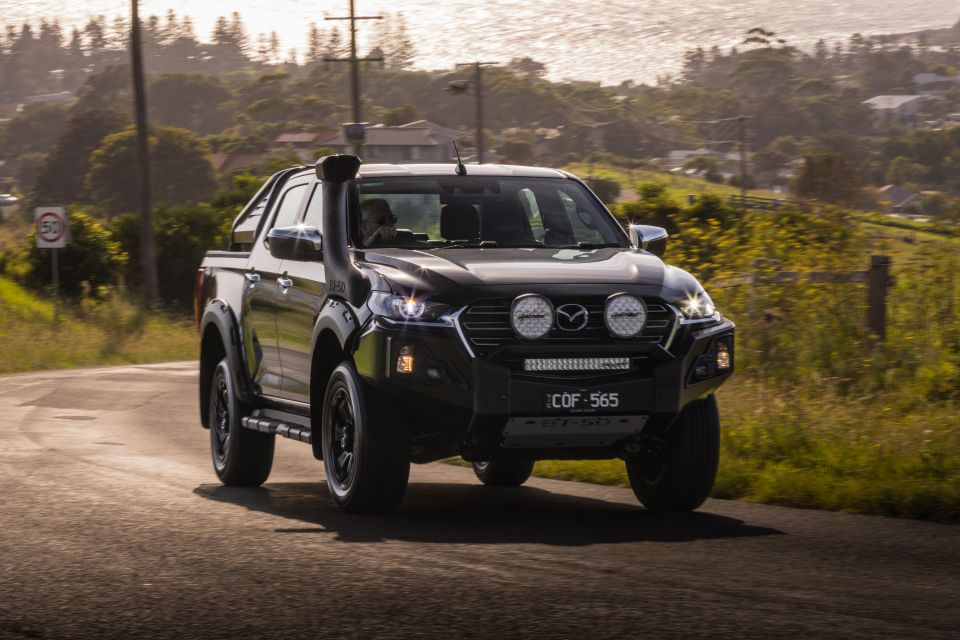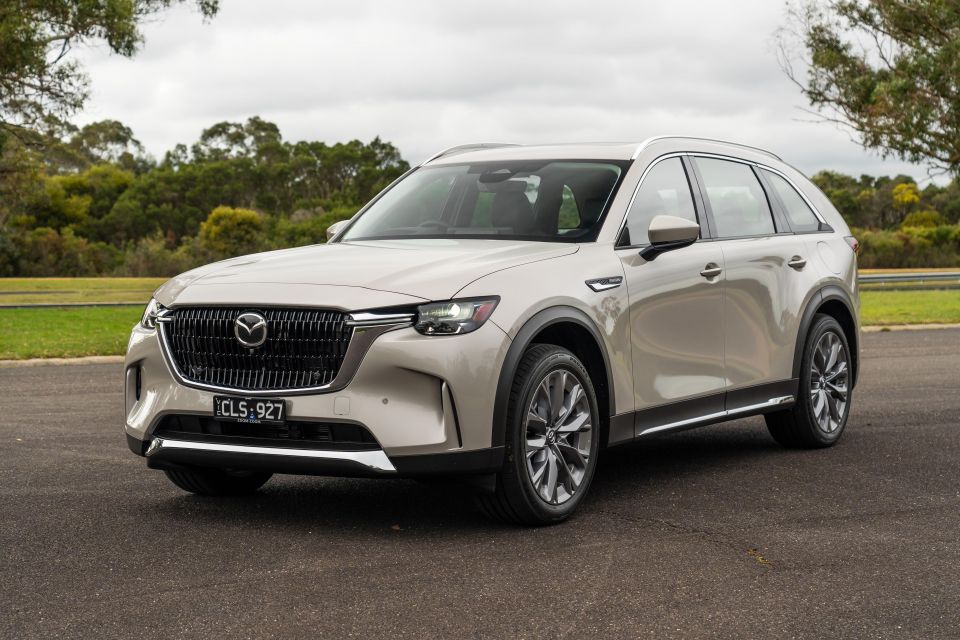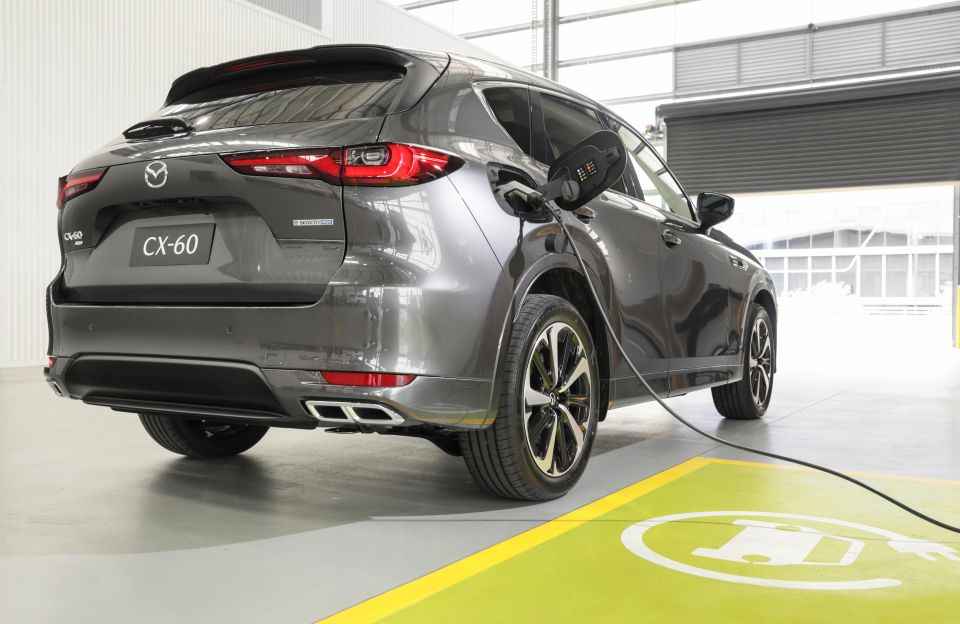

James Wong
2026 Audi SQ5 review: Quick drive
6 Days Ago

Contributor
There’s a little over a year until carmakers will start to face penalties under the New Vehicle Efficiency Standard (NVES), and one of the scheme’s strongest initial critics says it’s working hard to get ready for the new regulations.
Mazda Australia was initially critical of the Australian Government’s NVES in its original form, warning about a subsequent increase in new car prices while also calling for more efficient vehicles to be subsidised.
However, the standard was later watered down to include “heavy off-road passenger vehicles” in a “Type 2” category, alongside utes, vans and large pickups, with different CO2 limits.
The Government’s initial preferred option would have seen all SUVs counted in the same category as passenger cars.

Though carmakers will be penalised $100 per g/km on every vehicle which exceeds the CO2 tailpipe emissions targets from July 1, 2025, the CO2 limits differ between Type 1 and Type 2 category vehicles.
This means carmakers will still be able to sell large combustion-powered utes and SUVs, but will need to offset them with more efficient vehicles.
Mazda Australia marketing director Alastair Doak says the brand is awaiting the proposed regulations’ passage through Parliament.
“We’ve always said we welcomed a plan, a solid plan so we can actually start preparing and working towards those numbers,” Mr Doak said, speaking to CarExpert.

“I think the industry as a whole, including us, were happy to see the revisions that were announced.
“We’re waiting for the confirmation that it will actually be passed into law, which everybody expects, and from then on, we’ll be working as hard as possible to meet the regulation and the expectation that’s set.”
When asked whether the brand’s lineup is expected to be bolstered by more hybrids (either mild- or plug-in hybrids) to help meet the emissions standard, Mr Doak said Mazda will study what cars it can sell here and in what volumes to reduce its fleet CO2 contributions.
“Once we have a plan and then some direction from the New Vehicle Efficiency Standard, then we’ll be looking at everything that’s available to us, whether it makes sense or not, what the gains are, the cost implications etc.,” Mr Doak added.
“So we’ll continue to study that and whether that means more mild-hybrids and plug-in hybrids, we’ll just see what’s available to us and try to put our best foot forward.”

Mazda has previously committed to only sell hybrids, plug-in hybrids and fully electric vehicles (EVs) in Australia by 2030, with the electrified petrol models expected to account for 75 per cent of its lineup.
Within the past year, it has axed the mild-hybrid 3 hatch and sedan, as well as CX-30 crossover lineups locally, in addition to the mild-hybrid and all-electric MX-30.
At present, the CX-60 is its only model offered with plug-hybrid power, while both the CX-60 and CX-90 feature 48V mild-hybrid assistance across their petrol and diesel engines.
MORE: Everything Mazda MORE: Mazda pumps the brakes on Australian efficiency standards, calls for subsidies MORE: Here’s what’s in Australia’s new vehicle emissions regulation bill MORE: What Australia’s biggest car brands have to say about revised emissions standards MORE: Mazda will only sell hybrids and electric cars in Australia by 2030
Where expert car reviews meet expert car buying – CarExpert gives you trusted advice, personalised service and real savings on your next new car.
Born and raised in Canberra, Jordan has worked as a full-time automotive journalist since 2021, being one of the most-published automotive news writers in Australia before joining CarExpert in 2024.


James Wong
6 Days Ago


Max Davies
5 Days Ago


Josh Nevett
3 Days Ago


Max Davies
3 Days Ago


Max Davies
2 Days Ago


Derek Fung
2 Days Ago